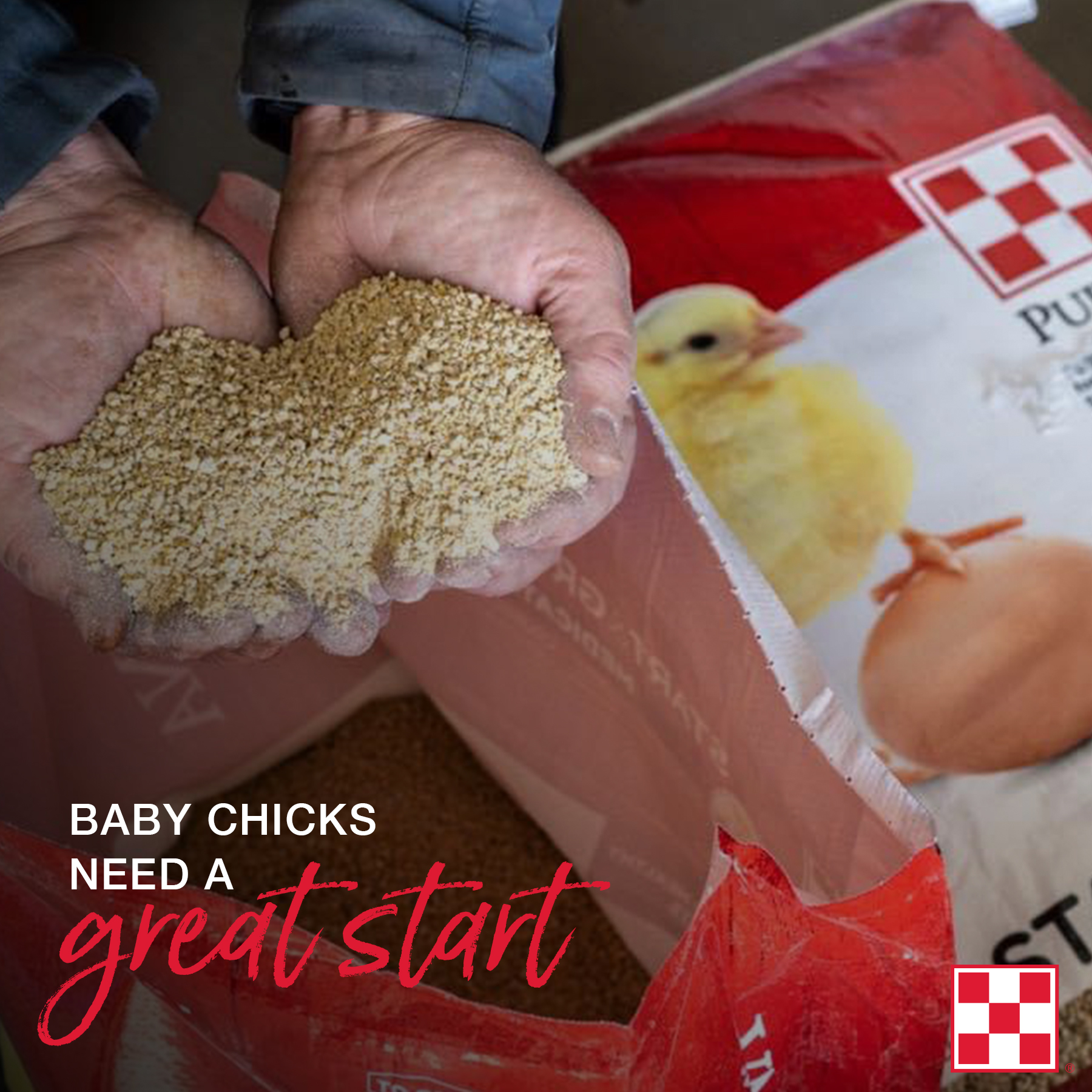 Bringing home baby chicks is an exciting step in starting your backyard chicken-raising adventure. These little fluff balls require careful care in their early days to grow into strong, happy chickens. The key to success? Providing warmth, water, and feed—along with plenty of love and attention.
Bringing home baby chicks is an exciting step in starting your backyard chicken-raising adventure. These little fluff balls require careful care in their early days to grow into strong, happy chickens. The key to success? Providing warmth, water, and feed—along with plenty of love and attention.
If you’re new to raising baby chicks, this guide will walk you through everything you need to give your chicks a strong, healthy start.
Why the First Few Days Are Critical
A chick never gets over a bad start. The actions you take before your chicks arrive and the care you provide in their first days can lay the foundation for their health and happiness long-term.
From setting up their space to ensuring their diet is complete, this guide will help you prepare so your baby chicks thrive.
Setting Up Your Brooder
Before your baby chicks arrive, it’s crucial to create a safe and comfortable environment for them to grow. Here’s what you need to do, step by step.
1. Choose a Brooder
The brooder is the first home for your baby chicks. It should be cozy, warm, and draft-free, with at least 3–4 square feet of space per chick. A circular and expandable design works best to prevent overcrowding and ensure safety.
2. Install a Heat Lamp
Hang a heat lamp about 20 inches above the brooder’s bedding, ensuring there’s a comfort zone of 95°F below the lamp. Leave enough space in the brooder for chicks to move away from the lamp if they get too warm.
Pro Tip: Gradually reduce the temperature by 5°F each week until it’s at least 55°F.
3. Add Absorbent Bedding
Lay down 3–4 inches of wood shavings to keep the floor dry, prevent odors, and make the brooder more comfortable. Avoid cedar shavings, as their strong scent can impact the chicks’ long-term health. Remove any wet bedding daily, especially around waterers.
4. Provide Lighting
For the first week, keep a light on for 18–22 hours a day to help the chicks see, eat, and drink. After week one, reduce lighting to 16 hours daily. A 40-watt bulb is ideal for every 100 square feet of brooder space.
5. Set Up Feeders and Waterers
Ensure there are 4 linear inches of feeder space per bird, and keep water available in a cool spot outside the heat lamp zone. For 25 chicks, start with two 1-quart waterers. Pre-fill the waterers with room-temperature water and place them in the brooder 24 hours before the chicks arrive.
Introducing Your Chicks to Their New Home
Your chicks’ first few moments in their new home are essential for setting them up for success.
1. Help Them Find Water
When your chicks arrive, place them gently in their brooder. Hold a few chicks and dip their beaks in the water to show them where to hydrate. Once a few chicks learn, the rest will follow. Check to ensure they’re drinking within the first couple of hours.
2. Teach Them to Eat
Wait a few hours after introducing chicks to water before offering feed. Then, provide a complete chick starter feed with at least 18% protein to support early growth. Spread feed on clean egg cartons, shallow pans, or pieces of paper on day one to encourage eating. By day two, you can begin using proper feeders.
Feeding Baby Chicks for Long-Term Health
Nutrition plays a huge role in your chicks’ development. Here’s how to ensure they get the complete nutrition they need from day one through adulthood.
Choose a Complete Starter Feed
Look for a chick starter feed that provides these essential nutrients:
- Protein (at least 18%) for rapid growth and energy.
- Amino acids to support chick development.
- Prebiotics, probiotics, and yeast for immune health.
- Vitamins and minerals for strong bones and overall well-being.
Excellent options include Purina Start & Grow, Purina Start & Grow Medicated, Purina Organic Starter-Grower, or Purina Flock Raiser Crumbles.
Transition to Grower Feeds
Clean feeders and waterers daily, and adjust their height to be level with the chicks’ backs as they grow. At 18 weeks, switch layer chicks to a higher-calcium feed, like Purina Layena Crumbles or Pellets, to support egg laying. For meat birds or mixed flocks, continue feeding starter-grower options with 20% protein.
Creating a Strong Start for Long-Term Success
Raising baby chicks takes preparation and patience, but the rewards are worth it. Keep these steps in mind as you care for your newest flock members:
- Prepare the brooder with the right heat, bedding, and equipment before chicks arrive.
- Prioritize hydration by helping chicks find water within hours of arrival.
- Feed for growth with a high-protein, nutrient-complete starter feed.
With love, proper care, and complete nutrition, your chicks will grow into strong, happy adult chickens.
Want to stock up on supplies? Visit your local Farmers Coop to find everything you need, from starter feeds and bedding to heat lamps and waterers.
Final Thoughts
Raising baby chicks is an incredibly rewarding experience, and giving them a strong start ensures they’ll thrive as they grow. By providing the essentials—warmth, care, and complete nutrition—you’re setting the foundation for a happy, healthy flock.
What tips or advice do you swear by for raising chicks? Share your thoughts and experiences in the comments! 🐥

